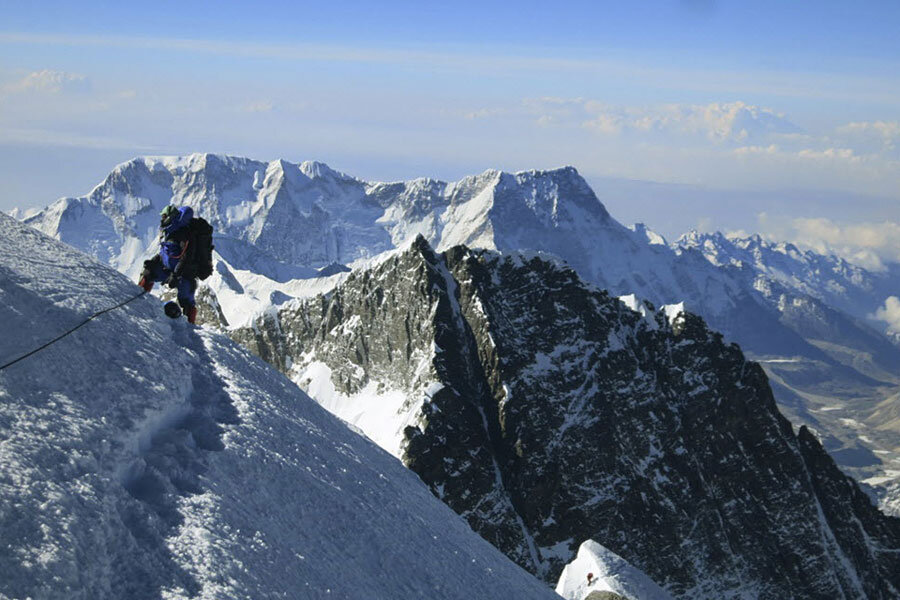What to do if you're caught in an avalanche
Loading...
The Annapurna Circuit in Nepal is popular among trekkers of all abilities, but, every once in awhile, an event there can test even the most experienced mountaineer. Avalanches coupled with severe snowstorms on the circuit's Thorong pass Tuesday took the lives of at least 30 people, with several more still missing.
Which raises the question: Is there anything a trekker can do to avoid becoming an avalanche victim?
The more surefire method is to avoid avalanches altogether. Keeping track of local weather reports can help you to steer clear of avalanche-prone paths. If you must cross a more threatening path, it's good practice to traverse it before sunrise, since solar radiation can destabilize underlying layers of snow.
In the hours during or after a major snow fall, or one that produces about a foot or more of snow, the fresh layer of powder can overload a lower layer of packed snow. This weakened layer can then fracture and begin to sluff, or slide down. But it's a special combination of factors that makes a particular buildup of snow prone to avalanche: besides the makeup of the snow layers, the temperature, the level of wind, the terrain, and the steepness of the slope all matter.
But what's the most common cause of avalanches? Trekkers. Nine in ten snowslide incidents are caused by the victim or another person in the victim's party. This means that even if the conditions are right for a snowslide, a massive slab of snow might need that miniscule amount of pressure from a footstep to get going.
If the conditions are not in your favor and a slab breaks off, your best bet is to get off of that hunk of packed snow. Avalanche flows can reach up to 80 miles per hour within just 5 seconds, leaving you with little time to react. Instead of attempting to jump to a spot above the line where the slab has broken off, a slightly easier route is to get to one of the sides outside the avalanche's path. You should also drop all of your equipment, except survival tools like a transceiver or snow shovel, because your body is already several times denser than the snow debris and will sink fast.
One bit of nature that is your friend during an avalanche is trees, because you can latch onto one and wait out the rest of the slide. If no trees are in sight, swim as hard as you can to stay above the powder.
Should you end up covered by avalanche debris, hope is not lost, as long as you've remembered to bring your avalanche beacon, which emits a pulsed radio signal to help rescuers find you.
If you've managed to avoid getting pulled under by the rapids of snow, your main concern might be finding your travel companions. The best course of action? Don't go anywhere. You're better off staying in the area than leaving to look for a rescue team.








